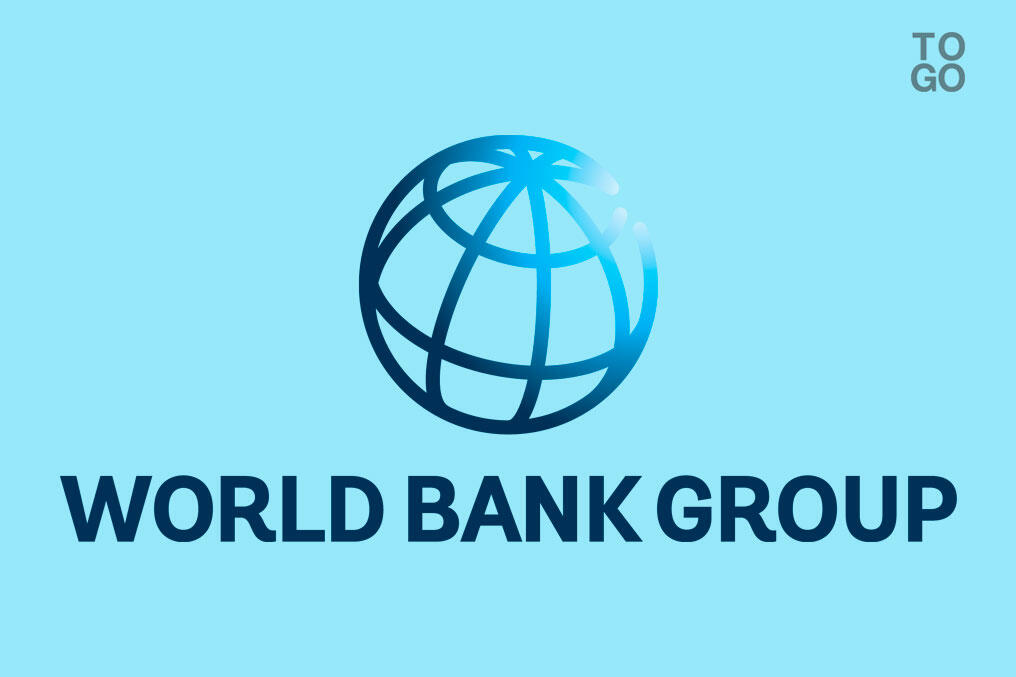
- Diplomatie

A new World Bank Group report titled 'The geography of welfare in Benin, Burkina Faso, Côte d'Ivoire and Togo' explains the failure of the sub-region’s strong economic growth (above 5 percent, annually) to translate into benefits for the population as a whole. Its analysis of the data from four recent household consumption surveys points clearly to significant disparities within the countries studied.
“Economic geography is often the focus of discussions on whether per capita income levels and other economic dimensions are determined by geographic and ecological variables. The wide internal disparities highlighted in this new report with respect to the four countries under the microscope give us a better insight into the situation. They also provide us with a clear idea of the better-targeted interventions needed in order to effectively combat poverty and foster more inclusive growth,” said Pierre Laporte, World Bank Country Director for Benin, Burkina Faso, Côte d'Ivoire, and Togo.
Although recording the strongest growth on the continent, West Africa still sees nearly one half of its population (more than 25 million people) in the countries surveyed living in poverty and on less than $1.90 per day, based on 2011 purchasing power parity. The study attributes this discrepancy to the spatial disparities associated with economic development in the four countries. As a country develops, its economic activity is concentrated in regions that are endowed with more favorable agro-ecological conditions and a greater abundance of natural resources, and are well situated geographically, with good market access. The proliferation of such economic opportunities not only attracts greater numbers of people in search of employment, but results in higher population densities in these dynamic regions, to the detriment of others.
According to the report, the same patterns of territorial inequality are present in all four countries, the northern region, in particular, being less well resourced than its southern counterpart, in coastal countries such as Benin, Côte d’Ivoire, and Togo.
“Within any one of the countries, there are potentially very wide chasms in income and standard of living, from one region to the next. In addition, there are areas marked by high rates of poverty and low population density per square kilometer that form geographic ‘pockets’ of poverty,” said Nga Thi Viet Nguyen, Economist, World Bank’s Poverty and Equity Global Practice. “Given the likely excessive cost of poverty eradication programs in these hard-to-access areas, they are constantly lagging behind more developed cities. Such persistent inequalities between rich and poor regions can foment tensions, ultimately impacting the country’s economic growth and political stability. Therefore, it is absolutely essential that we determine both the extent of the problem and the root cause of the specific inequalities, so that we can formulate development policies and targeted interventions.”
Four broad guidelines with the twin objectives of narrowing the geographic disparities in welfare and stimulating growth are put forward in the report: (i) promote urbanization and increase the concentration of economic activity in less developed regions; (ii) enhance agricultural productivity by improving land tenure, irrigation, fertilizer use; (iii) improve budget transfers for disadvantaged regions; and (iv) put in place social safety net programs such as electronic vouchers and mobile transfers designed to reach populations living in hard-to-access areas.





